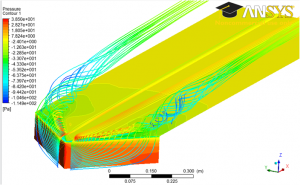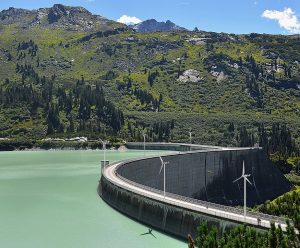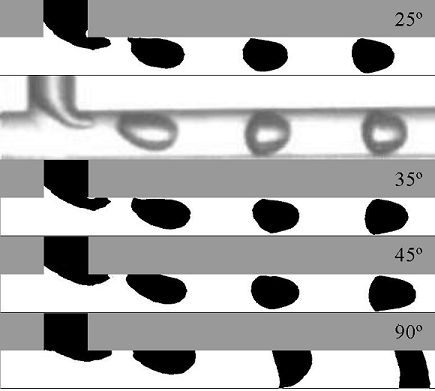
This group mainly uses industrial CFD codes for engineering applications, especially in the aerospace and wind energy fields. It studies complex problems with non-trivial set-up and boundary conditions and compares numerical results to experimental ones, when available. The second research line of this group is operational research for optimization models of Air Traffic Management.
 In the past years, this group has focused on wind energy estimation. Numerical simulations have been used to better understand flows generated over complex topography, as a first step in developing better site classifications for turbines, as well as on wind turbine design itself.
In the past years, this group has focused on wind energy estimation. Numerical simulations have been used to better understand flows generated over complex topography, as a first step in developing better site classifications for turbines, as well as on wind turbine design itself.
An ongoing project aims to study the viability of installing wind turbines on existing dams, in order to take advantage of the existing infrastructure. CFD studies will have a key role in assessing the wind resource associated to drainage winds and in estimating the wind energy that could be generated by means of wind turbines located on mountain valleys.
 CFD studies of multiphase flows in zero gravity conditions with applications to space technologies are also ongoing. For example CFD simulations of the bubble generation process occurring in a capillary T-junction have been done. They accurately reproduce experimental results both from qualitative and quantitative points of view, but numerical results are very sensitive to the gas-liquid-wall contact angle boundary conditions.
CFD studies of multiphase flows in zero gravity conditions with applications to space technologies are also ongoing. For example CFD simulations of the bubble generation process occurring in a capillary T-junction have been done. They accurately reproduce experimental results both from qualitative and quantitative points of view, but numerical results are very sensitive to the gas-liquid-wall contact angle boundary conditions.
Lately, this group has also opened a research line in optimization solutions for Air Traffic Management problems. For example, different optimization strategies for the minimization of flight and passenger delays have been proposed and compared, simulating realistic values of traffic in a busy European airport.
Selected Publications
Advanced methodology for wind resource assessment near hydroelectric dams in
complex mountainous areasFlight and passenger efficiency-fairness trade-off for ATFM delay assignment
Yang, L.; Rojas, JI.; Montlaur, A.
Energy, Vol. 190, 116487, 2020
Flight and passenger efficiency-fairness trade-off for ATFM delay assignment
Montlaur, A.; Delgado, L.
Journal of Air Transport Management, Vol. 83, 101758, 2020
Influence of Contact Angle Boundary Condition on CFD Simulation of T-Junction
Arias, S.; Montlaur, A.
Microgravity Science and Technology, Vol. 30 (4), pp. 435-443, 2018
Flight and passenger delay assignment optimization strategies
Montlaur, A.; Delgado, L.
Transportation Research Part C: Emerging Technologies, Vol. 81, pp. 99-117, 2017
